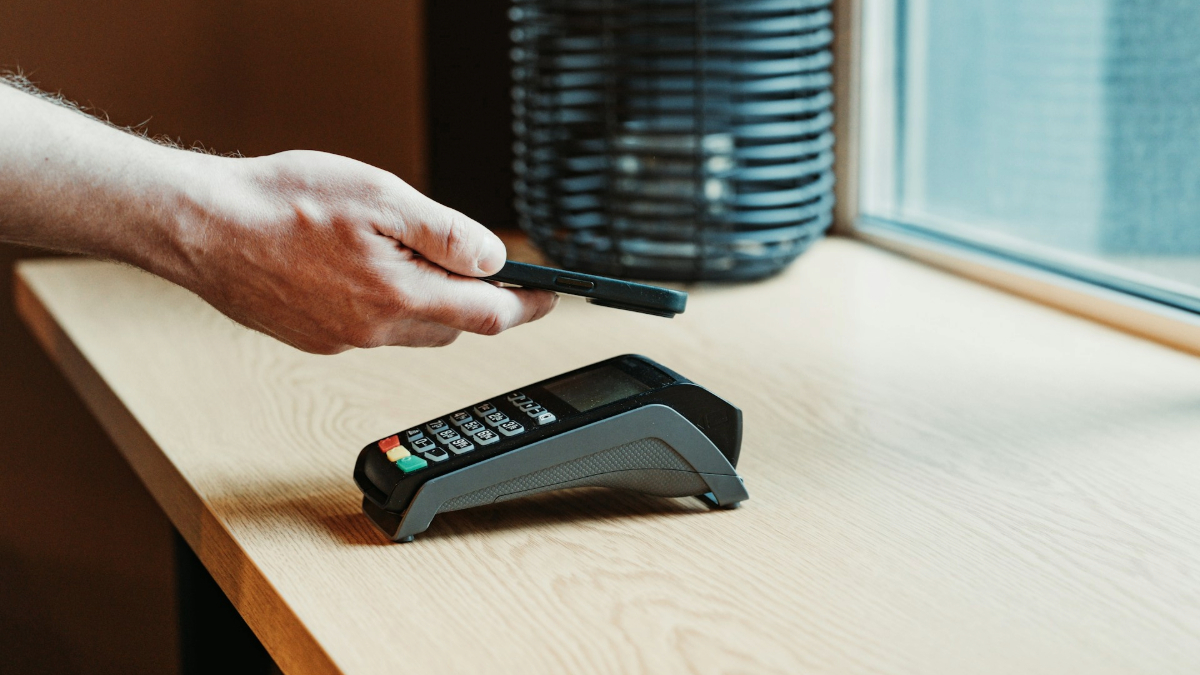SNAP beneficiaries in Florida will receive their food stamp payment between October 1 and October 28, as the government continues to reinforce its commitment to ensuring affordable access to healthy food and beverages.
The food stamp payment, often done once a month, covers grocery shopping in selected stores in the US and is accessed using the EBT card made available by the government. The funds in the cards are only to be used to buy food items such as beverages, grains, nuts, etc., with the purchase of alcoholic substances prohibited.
Who is eligible for SNAP in Florida?
While the SNAP program can benefit everyone, it is mostly targeted at low-income households—this is the first eligibility requirement that qualifies you for SNAP benefits. Other requirements for receiving the monthly payment include:
- Identity: You must be able to provide a valid proof of identity.
- Work Rules: If you are not working or participating in a work training program and you are between 18 and 50 years old without any form of disability, then you can only receive the benefits three times in three years.
- Income: Your household income must meet the income limit, which should be less than or not more than 200% of the Federal Poverty Level (FPL).
- Residency: You must be a resident of the state of Florida with a document that supports that proof.
- Citizenship: You must be a citizen of the US or have met the requirements that qualify you to receive the benefits as a non-citizen.
- SSN: You must have a valid social security number or proof of application.
- Assets: Most food assistance households may have assets such as vehicles, bank accounts, or property and still get help. Your household, if it has a disqualified member, must be able to meet an asset limit of $2500 or $3,750 if the household has an elderly or disabled member.
For more inquiries and further help on how to apply, the US government ensures that you have all the right information and you follow the steps required to get your food stamp.

